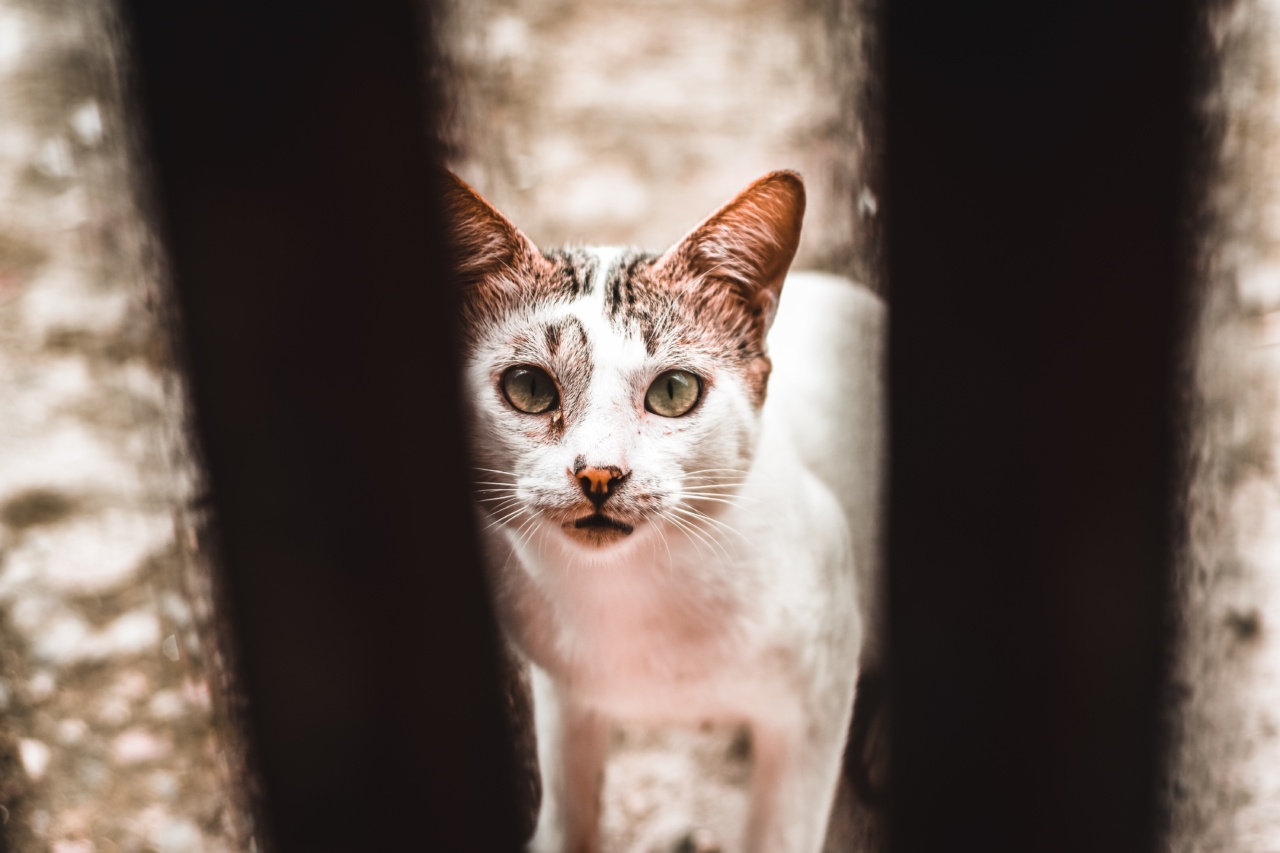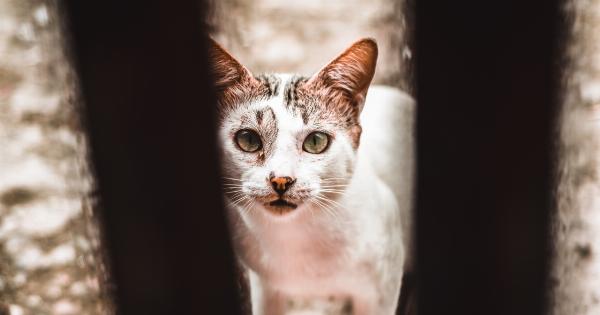Cats have played an important role in human lives for centuries. From being worshipped in ancient Egypt to being domesticated in households in the modern-day, felines have always held a special place in our hearts.
However, stray cats remain an ongoing debate across the world.
What is a Stray Cat?
Stray cats, also known as community cats, are domestic cats that roam and survive on the streets without a permanent home. They can be feral, but they can also be socialized cats who were abandoned or lost.
As per the American Society for the Prevention of Cruelty to Animals (ASPCA), there are about 70 million stray cats in the United States alone.
The Stray Cat Debate
The debate surrounding stray cats revolves around whether they should be caught and euthanized or if they should be allowed to roam free. Those who advocate for euthanasia believe that stray cats are a nuisance and a danger.
They argue that the cats can spread diseases, cause car accidents, and harm wildlife.
On the other hand, proponents of the no-kill policy argue that euthanasia is inhumane and that stray cats are not the root of these problems – humans are.
They argue that neutering and spaying the cats can reduce their numbers and the likelihood of breeding on the streets. In addition, they point out that community cats can form relationships with their human neighbors, who often provide food and shelter for them.
The No-Kill Policy
The no-kill policy is a movement that aims to end the euthanasia of healthy and treatable pets in animal shelters. The policy promotes animal rights and welfare and aims to reduce the population of stray animals through sterilization and education.
Numerous success stories are attributed to the implementation of the no-kill policy. For example, in Austin, Texas, the City Council adopted a no-kill policy in 2011. Since then, the city has seen an 89% decrease in euthanasia rates for cats and dogs.
Moreover, in San Francisco, the goal of becoming a no-kill city was achieved in 1994, and today, the city has a 99% save rate for cats in its shelter.
Trap-Neuter-Return (TNR)
Trap-Neuter-Return (TNR) is a humane method used for controlling the population of stray cats. The process involves trapping the cats, sterilizing them, providing them with medical care, and then releasing them back into their community.
The aim is to reduce the cats’ breeding rates, improve their health and well-being, and decrease the number of homeless cats on the streets.
TNR has been successful in many communities. By reducing the population of stray cats through sterilization, the likelihood of unwanted kittens being born and the transmission of diseases decreases as well.
Additionally, caretakers who manage the cats provide them with food, water, and shelter, thus improving their health and reducing their likelihood of creating issues in their surroundings.
Arguments Against Stray Cats
Those who believe stray cats should be euthanized have several arguments. Firstly, they argue that community cats are often carriers of diseases and parasites that can be transmitted to humans.
They also believe that stray cats can cause car accidents, as they often run across roads without any warning.
Another argument against stray cats is their impact on wildlife. Stray and feral cats are natural hunters and can harm local bird and small mammal populations, which can lead to an ecological imbalance.
Moreover, stray cats can also cause damage to property. They can dig up gardens, scratch cars, and leave behind unpleasant odors.
Arguments for Stray Cats
Advocates of stray cats argue that euthanasia is unnecessary and inhumane. They argue that instead of killing the cats, people should work towards reducing their numbers and managing them humanely.
They suggest that neutering the cats is the first step in controlling their population and reducing the likelihood of breeding.
Furthermore, community cats can provide benefits to humans. Studies show that having cats around can reduce stress levels and improve mental health.
These cats also serve as natural pest control, keeping down rodent populations, which can transmit diseases.
Even feeding and caring for stray cats have its benefits. It often fosters a sense of community and neighborliness among those who care for them.
Many cat caregivers organize themselves in groups with the common aim of providing food, water, and shelter for the stray cats in their area.
Conclusion
The issue of stray cats is complex, and both sides of the debate have valid points. On the one hand, stray cats can cause problems such as littering, spreading diseases, and causing car accidents.
On the other hand, cats provide companionship, natural pest control, and community building. The no-kill policy and TNR have shown success in reducing the population of stray cats humanely.
Ultimately, it is up to individuals, communities, and governments to decide how best to manage and benefit from the presence of stray cats in their environment.






























